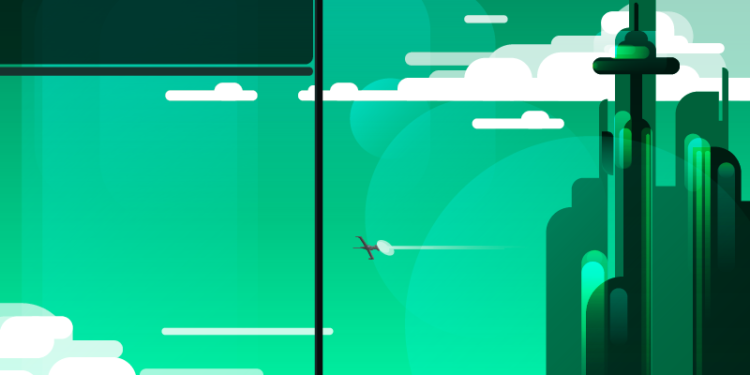Stanley Kubrick and Arthur C. Clarke wrote the script for a film that took science fiction to another dimension. Beyond the philosophical context that surrounds it, it is interesting to identify some of the tools and technologies that the protagonists of the film use and that in recent decades have ended up materializing.
”Open the floodgates, HAL.” Astronaut David Bowman he waits in front of the entrance of the Discovery 1 spacecraft inside his rescue pod. However, the HAL 9000 supercomputer does not open the hangar. The artificial intelligence he has rebelled against the crew in an exercise of self-survival.
Exactly 50 years ago I saw the light 2001: A space odyssey, for many a masterpiece of cinema. Previewed on 2 April 1968 at the Uptown Theater in Washington, this film marked a turning point for the science fiction genre, bringing to the big screen an unprecedented visual experience with brand-new special effects for the time. This audiovisual feat was accompanied by an anthropological background full of mystery: reflections on the origin of the universe, human beings, evolution and the technology that half a century later they keep shaking the entrails of the spectators.
The legacy of 2001: A Space Odyssey is infinite and ranges from memorable shots where symmetry and genuine direction of photography dominate the image, to sequences that have given rise to all kinds of parodies and tributes in popular culture.
Film frame
Behind this tape are Stanley Kubrick, New York-born cult director, and Arthur C. Clarke, British writer and scientist, who, together with Kubrick, shaped the script of the film. Beyond the philosophical context that surrounds it, it is curious to identify some of the tools and technologies used by the protagonists of the film, and that in recent decades they have finally materialized.
AI, voice assistants and tablets in the 60s
In this sense, the first thing that comes to mind is the HAL 9000 computer, the artificial intelligence and voice assistant that controls the ship bound for Jupiter. Despite the well-known outcome of the film, several developers have created tools very similar to this one, providing them with an increasing autonomy. Siri, Katrina, Alexa or Aura, the proposal of Phone, are good examples in this line.
The number of features offered by these assistants continues to increase day by day, and their way of speaking is increasingly closer to that of humans. However, these technologies do not yet have as elaborate an emotional side as we saw in Kubrick’s work, nor do we know if this is even the intention of their creators.
Another invention that 2001 predicted: A space odyssey was communication through video, i.e., Skype. In this case, the actual invention came two years later than anticipated. In 2003 the application was launched with which millions of people speak daily through a video chat that allows you to engage in a quasi-face-to-face conversation. In the film we see how one of the characters uses a similar service to congratulate his daughter on her birthday from outer space.
In turn, this mode of conference is repeated later on the tape from what we could identify as tablet. In this case, the crew of the ship are interviewed by a BBC journalist through this channel. The authors of the film did not know, but they were showing the world the first sketches of what would one day be the Ipad.
50 years have passed since the premiere of 2001: A Space Odyssey, a film with all kinds of readings and particularities that make it unique. For its anniversary we wanted to remember the inventions that Kubrick and Clarke predicted half a century ago. Although these are elements that cannot go unnoticed by current viewers, the reality is that this work concerns issues of much more transcendence. His philosophical vision of evolution, woven between images of a sublime aesthetic, must remain the reason why so many call it a masterpiece.







